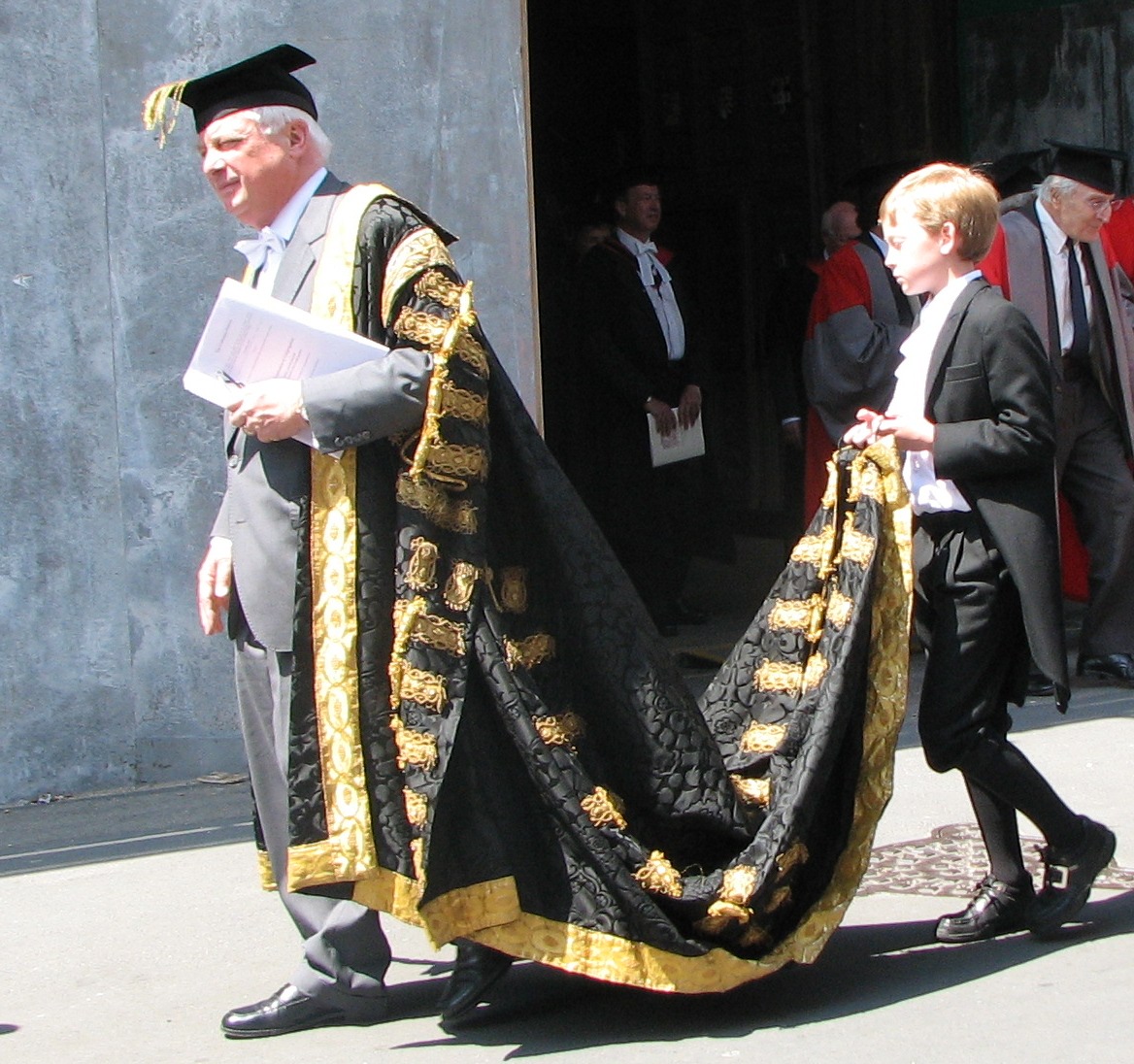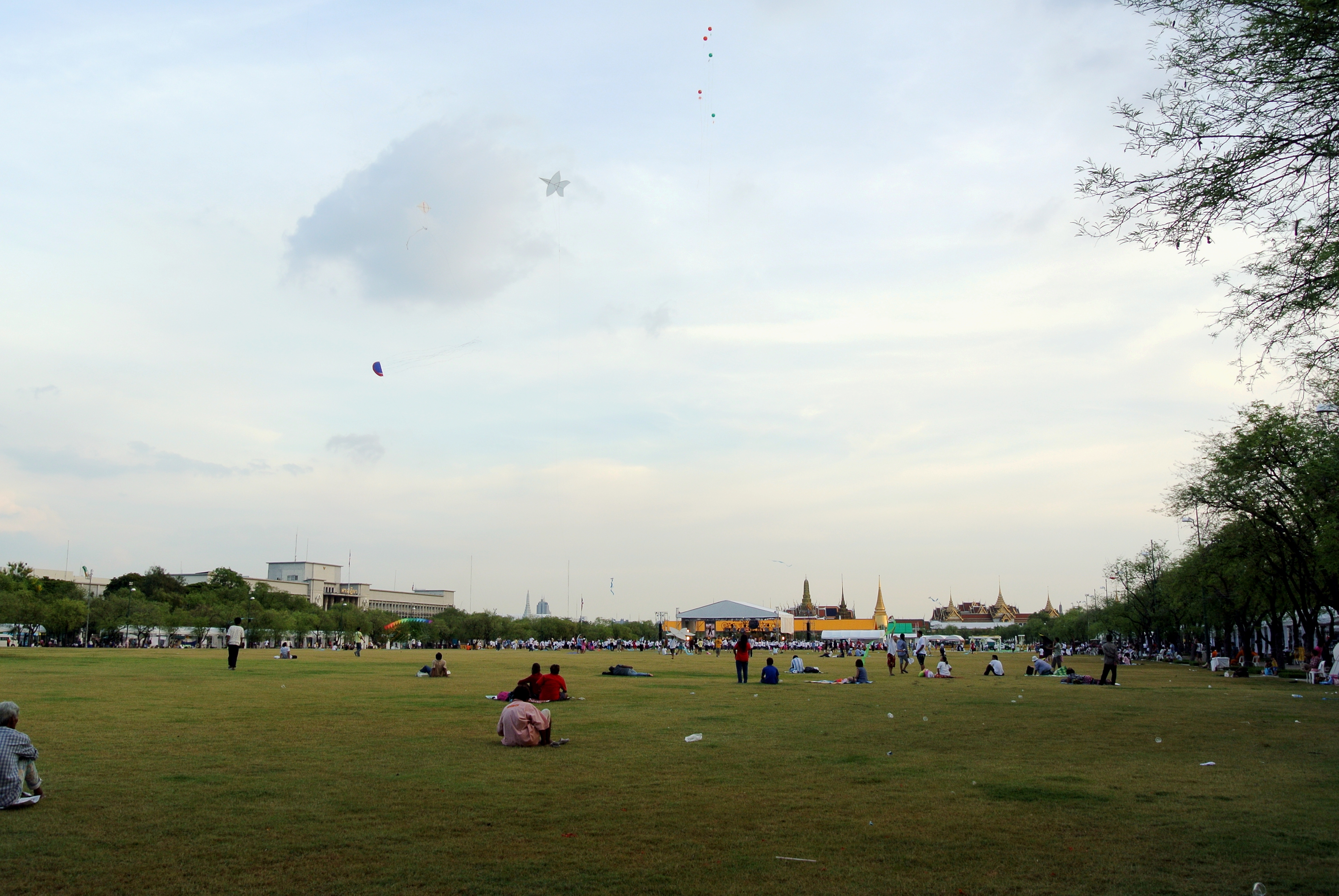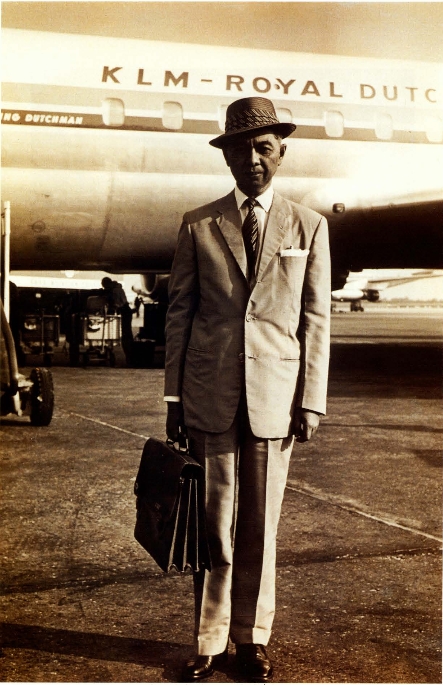|
Ananda Mahidol
Ananda Mahidol ( th, พระบาทสมเด็จพระปรเมนทรมหาอานันทมหิดล; ; 20 September 1925 – 9 June 1946), posthumous reigning title Phra Athamaramathibodin ( th, พระอัฐมรามาธิบดินทร), was the eighth monarch of Siam (1935-1939) and Thailand (1939-1946) from the Chakri dynasty as Rama VIII. At the time he was recognised as king by the National Assembly in March 1935, he was a nine-year-old boy living in Switzerland. He returned to Thailand in December 1945, but six months later, in June 1946, he was found shot dead in his bed. Although at first thought to have been an accident, his death was ruled a murder by medical examiners, and three royal pages were later executed following very irregular trials. The mysterious circumstances surrounding his death have been the subject of much controversy. Name "Ananda Mahidol" ( th, อานันทมหิดล) is one word in Thai an ... [...More Info...] [...Related Items...] OR: [Wikipedia] [Google] [Baidu] |
King Of Thailand
The monarchy of Thailand (whose monarch is referred to as the king of Thailand; th, พระมหากษัตริย์ไทย, or historically, king of Siam; th, พระมหากษัตริย์สยาม) refers to the constitutional monarchy and monarch of the Kingdom of Thailand (formerly Siam). The King of Thailand is the head of state and head of the ruling Royal House of Chakri. Although the current Chakri Dynasty was created in 1782, the existence of the institution of monarchy in Thailand is traditionally considered to have its roots from the founding of the Sukhothai Kingdom in 1238, with a brief interregnum from the death of Ekkathat to the accession of Taksin in the 18th century. The institution was transformed into a constitutional monarchy in 1932 after the bloodless Siamese Revolution of 1932. The monarchy's official ceremonial residence is the Grand Palace in Bangkok, while the private residence has been at the Dusit Palace. The current kin ... [...More Info...] [...Related Items...] OR: [Wikipedia] [Google] [Baidu] |
Phot Phahonyothin
Phraya Phahonphonphayuhasena, (29 March 1887 – 14 February 1947) (short form: Phraya Phahon), born as Phot Phahonyothin, was a Thai military leader and politician. He became the second prime minister of Siam in 1933 after ousting his predecessor in a coup d'état. He retired in 1938 after serving five years as prime minister. Early life Phot was born in Phra Nakhon Province (present-day Bangkok) to a Teochew Thai Chinese father, Colonel Kim Phahonyothin (), and a Thai Mon mother, Chap Phahonyothin (). After attending the Chulachomklao Royal Military Academy, in 1903 he was sent by royal scholarship to study at the Prussian Military Academy (''Preußische Hauptkadettenanstalt'') in the town of Lichterfelde, near Berlin, Germany, where he was apparently a classmate of Hermann Göring and became acquainted with Hideki Tojo through sword duels. Phot was then sent to study at the Engineering College of Copenhagen in Denmark, he was however only able to complete one year a ... [...More Info...] [...Related Items...] OR: [Wikipedia] [Google] [Baidu] |
Chulalongkorn
Chulalongkorn ( th, จุฬาลงกรณ์, 20 September 1853 – 23 October 1910) was the fifth monarch of Siam under the House of Chakri, titled Rama V. He was known to the Siamese of his time as ''Phra Phuttha Chao Luang'' (พระพุทธเจ้าหลวง, the Royal Buddha). Chulalongkorn's reign was characterised by the modernisation of Siam, governmental and social reforms, and territorial concessions to the British and French. As Siam was surrounded by European colonies, Chulalongkorn, through his policies and acts, ensured the independence of Siam. All his reforms were dedicated to ensuring Siam's independence given the increasing encroachment of Western powers, so that Chulalongkorn earned the epithet ''Phra Piya Maharat'' (พระปิยมหาราช, the Great Beloved King). Early life King Chulalongkorn was born on 20 September 1853 to King Mongkut and Queen Debsirindra and given the name Chulalongkorn. In 1861, he was designated ' ... [...More Info...] [...Related Items...] OR: [Wikipedia] [Google] [Baidu] |
Mongkut
Mongkut ( th, มงกุฏ; 18 October 18041 October 1868) was the fourth monarch of Siam (Thailand) under the House of Chakri, titled Rama IV. He ruled from 1851 to 1868. His full title in Thai was ''Phra Bat Somdet Phra Menthora Ramathibodi Sri Sinthara Mahamakut Phra Mongkut Phra Siam Deva Mahamakut Wittaya Maharaj'' (พระบาทสมเด็จพระปรเมนทรรามาธิบดีศรีสินทรมหามงกุฎ พระจอมเกล้าเจ้าอยู่หัว พระสยามเทวมหามกุฏวิทยมหาราช). Outside Thailand, Mongkut is best known as the king in the 1951 musical and 1956 film ''The King and I'', based on the 1946 film '' Anna and the King of Siam''in turn based on a 1944 novel by an American author about Anna Leonowens' years at his court, from 1862 to 1867, drawn from Leonowens’ memoir. Siam first felt the pressure of Western expansionism during Mongku ... [...More Info...] [...Related Items...] OR: [Wikipedia] [Google] [Baidu] |
Mom Chao
The precedence of Thai royalty follows a system of ranks known as ''thanandon'' ( th, ฐานันดร), which are accompanied by royal titles. The Sovereign There are two styles which can be used for a king in ordinary speech, depending on whether he has been crowned: *Crowned kings: ''Phra Bat Somdet Phra Chao Yu Hua'' ( th, พระบาทสมเด็จพระ เจ้า; en, His Majesty the King) is the style used in ordinary speech when referring to the kings of Thailand after their coronation. This style may be used in two ways: **Preceding the name of the king; e.g., ''Phra Bat Somdet Phra Chao Yu Hua Phumiphon Adunyadet'' ( th, พระบาทสมเด็จพระเจ้าอยู่หัวภูมิพลอดุลยเดช; His Majesty King Bhumibol Adulyadej). **More formally it can be split across the name, possibly with the omission (or modification) of the words ''"Phra Chao Yu Hua"''; e.g., ''Phra Bat Somdet Phra Paramintara Ma ... [...More Info...] [...Related Items...] OR: [Wikipedia] [Google] [Baidu] |
Vajiravudh
Vajiravudh ( th, วชิราวุธ, , 1 January 188126 November 1925) was the sixth monarch of Siam under the Chakri dynasty as Rama VI. He ruled from 23 October 1910 until his death in 1925. King Vajiravudh is best known for his efforts to create and promote Siamese nationalism. His reign was characterized by Siam's movement further towards democracy and minimal participation in World War I. He had keen interests in Siamese history, archaeology, and literature, as well as economics, politics and world affairs, and founded the country's first university, Chulalongkorn University. Education Vajiravudh was born on 1 January 1881 to Chulalongkorn and one of his four queens and half sister Saovabha Phongsri. In 1888, upon coming of age, Vajiravudh received the title ''Krom Khun'' Thep Dvaravati (Prince of Ayutthaya). Prince Vajiravudh was first educated in the royal palace in Thai and English. His full siblings were Bahurada Manimaya, Tribejrutama Dhamrong, Chakrabongse B ... [...More Info...] [...Related Items...] OR: [Wikipedia] [Google] [Baidu] |
Page (servant)
A page or page boy is traditionally a young male attendant or servant, but may also have been a messenger in the service of a nobleman. During wedding A wedding is a ceremony where two people are united in marriage. Wedding traditions and customs vary greatly between cultures, ethnic groups, religions, countries, and social classes. Most wedding ceremonies involve an exchange of marriage vo ... ceremonies, a Page boy (wedding_attendant), page boy is often used as a symbolic attendant to carry the rings. Etymology The origin of the term is uncertain, but it may come either from the Latin ''pagus'' (servant), possibly linked to peasant, or an earlier Greek word (''pais'' = child). The medieval page In Middle Ages, medieval times, a page was an attendant to a nobleman, a knight, a governor or a castellan. Until the age of about seven, sons of noble families would receive training in manners and basic literacy from their mothers or other female relatives. Upon reach ... [...More Info...] [...Related Items...] OR: [Wikipedia] [Google] [Baidu] |
National Assembly Of Thailand
The National Assembly of Thailand ( Abrv: NAT; th, รัฐสภา, , ) is the bicameral legislative branch of the government of Thailand. It convenes in the Sappaya-Sapasathan, Dusit District, Bangkok. The National Assembly was established in 1932 after the adoption of Thailand's first constitution, which transformed Thailand from an absolute monarchy to a constitutional monarchy. During the 2013 political crisis, the House of Representatives was dissolved by Prime Minister Yingluck Shinawatra who called for election on 2 February 2014 until it was nullified by the Constitutional Court. After the 2014 ''coup d'état'', the National Assembly was replaced by the military-backed, unicameral National Legislative Assembly according to the 2014 constitution. After the promulgation of the 2017 Constitution in April 2017, the National Assembly was reestablished but the constitution allowed the military National Legislative Assembly to temporarily remain in place until the N ... [...More Info...] [...Related Items...] OR: [Wikipedia] [Google] [Baidu] |
Chakri Dynasty
The Chakri dynasty ( th, ราชวงศ์ จักรี, , , ) is the current reigning dynasty of the Kingdom of Thailand, the head of the house is the king, who is head of state. The family has ruled Thailand since the founding of the Rattanakosin Era and the city of Bangkok in 1782; following the end of Taksin Thonburi's reign, when the capital of Siam shifted to Bangkok. The royal house was founded by Rama I, an Ayutthaya military leader of Sino- Mon descent. Prior to his accession to the throne, Rama I held for years the title Chakri, the civil chancellor. In founding the dynasty, the king himself chose "''Chakri''" as the name for it. The emblem of the house is composed of the discus (Chakra) and the trident (Trisula), the celestial weapons of gods Vishnu and Shiva, of whom the Thai sovereign is seen as an incarnation. The current head of the house is Maha Vajiralongkorn who was proclaimed king on 1 December 2016, but has reigned with retroactive effect since 13 ... [...More Info...] [...Related Items...] OR: [Wikipedia] [Google] [Baidu] |
Monarchy Of Thailand
The monarchy of Thailand (whose monarch is referred to as the king of Thailand; th, พระมหากษัตริย์ไทย, or historically, king of Siam; th, พระมหากษัตริย์สยาม) refers to the constitutional monarchy and monarch of the Kingdom of Thailand (formerly Siam). The King of Thailand is the head of state and head of the ruling Royal House of Chakri. Although the current Chakri Dynasty was created in 1782, the existence of the institution of monarchy in Thailand is traditionally considered to have its roots from the founding of the Sukhothai Kingdom in 1238, with a brief interregnum from the death of Ekkathat to the accession of Taksin in the 18th century. The institution was transformed into a constitutional monarchy in 1932 after the bloodless Siamese Revolution of 1932. The monarchy's official ceremonial residence is the Grand Palace in Bangkok, while the private residence has been at the Dusit Palace. The current ... [...More Info...] [...Related Items...] OR: [Wikipedia] [Google] [Baidu] |
Sanam Luang
Sanam Luang ( th, สนามหลวง, ; lit: 'royal turf') is a open field and public square in front of Wat Phra Kaew and the Grand Palace, Bangkok, Thailand. Sanam Luang is in the Phra Nakhon District, the historic center of Bangkok. In the ''Royal Chronicle'' it was written that, "In front of Wat Mahathat, Sanam Luang lies between the Royal Palace and the Front Palace. When royal cremation was held at the Phra Men Ground, the pyre set up in the centre with the Royal Palace Pavilion to the south and the one of the Prince of the Front Palace to the north. The music from the Royal Palace and from the Palace to the Front would be played on opposite sides of Sanam Luang". Sanam Luang was officially known as "Thung Phra Men" (the royal cremation ground) (Thai: ทุ่งพระเมรุ). It has been used as a site for the cremation of kings, queens, and high-ranking princes since the reign of King Rama I. In 1855, King Rama IV changed its name from "Thung Phra Men ... [...More Info...] [...Related Items...] OR: [Wikipedia] [Google] [Baidu] |
Seni Pramoj
Mom Rajawongse Seni Pramoj ( th, หม่อมราชวงศ์เสนีย์ ปราโมช, , ; 26 May 190528 July 1997) was three times the Prime Minister of Thailand, a politician in the Democrat Party, lawyer, diplomat and professor. A descendant of the Thai royal family, he was the great-grandson of King Rama II. His final two terms as PM sandwiched the only term of his brother, Kukrit Pramoj. Biography Born a son of Prince Khamrob and mother Daeng ( Bunnag), he was educated at Trent College in Derbyshire before obtaining a BA second class honours degree in jurisprudence from Worcester College, Oxford. He continued his studies at Gray's Inn, London, receiving first honours. After returning to Thailand he studied Thai Law, and following six months as a trainee at the Supreme Court, he started to work at the Justice Civil Court. Later, he was transferred to the Foreign Ministry and in 1940 was sent to the United States as Thai ambassador. Free Thai Movement J ... [...More Info...] [...Related Items...] OR: [Wikipedia] [Google] [Baidu] |







